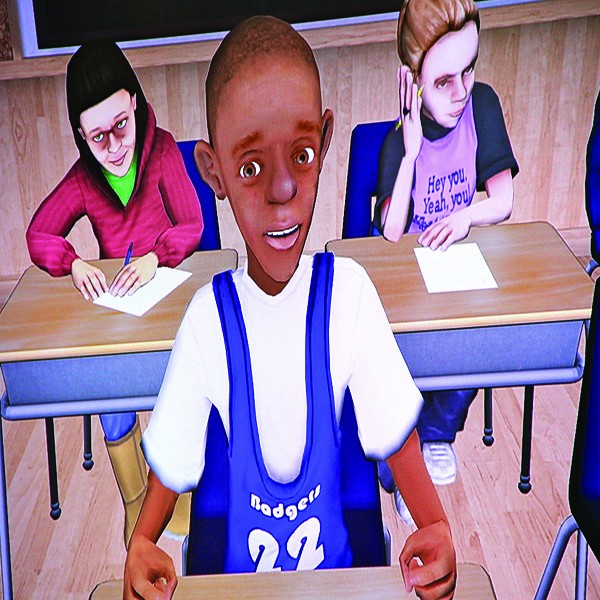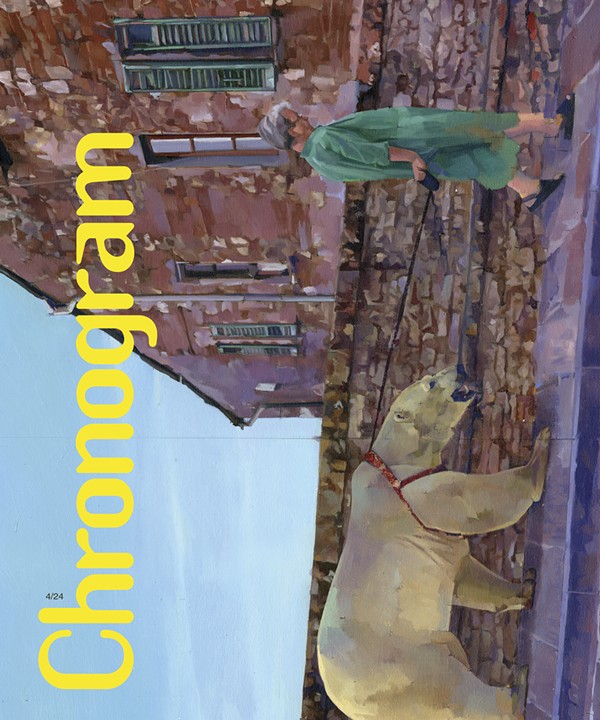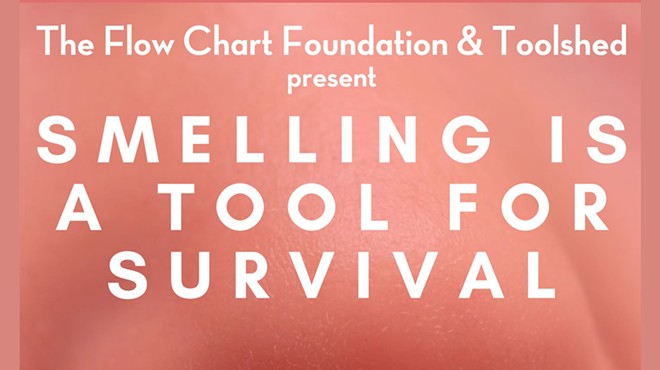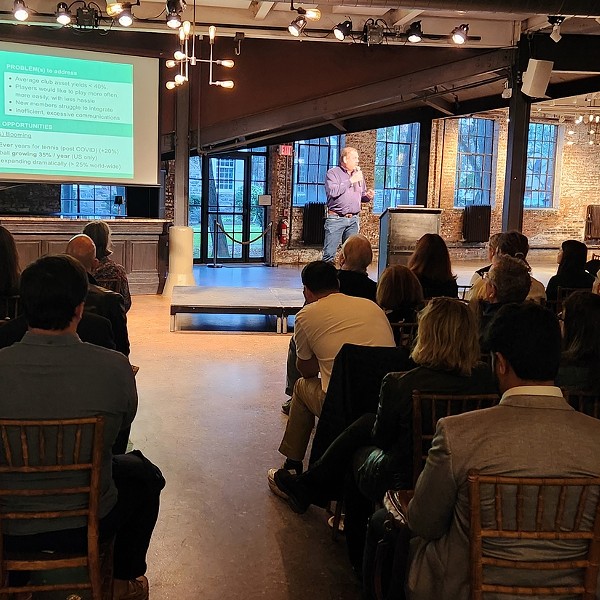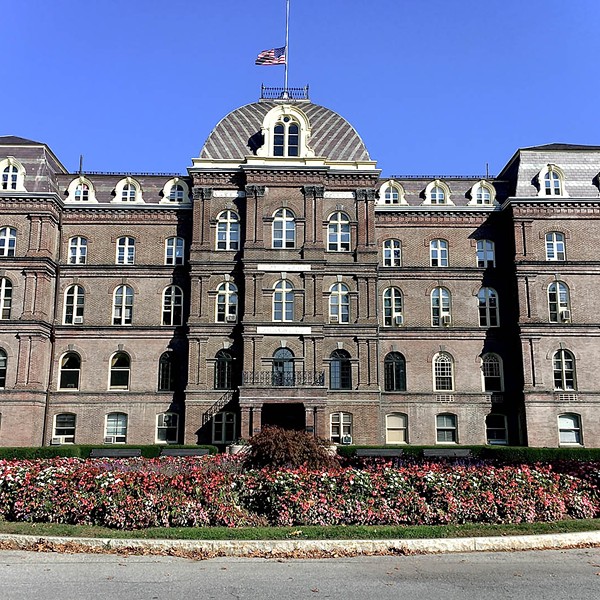Trapped between students and bureaucrats, facing piles of standardized tests and policy directives, with tight budgets requiring them to dig into their own pockets for extras, the surprising statistic may not be that about half of all newly minted teachers give it up in the first five years, but that half manage to stay.
How are our local teacher education programs preparing educators in training to meet the challenges? It starts with filtering in the right candidates. "Our program is small and fairly selective," says Derek Furr, director of the Master of Arts in Teaching program at Bard College. "Candidates tend to have two things in common: very strong performance in the content area they majored in as undergrads—we only certify middle and high school teachers, so content is key—and a very strong interest in social justice issues. They see teaching as a social justice calling."
Furr says older students are the heart of the Bard program, which has only 28 students currently and offers lots of individual attention. "Most come to our program after being out of school two or three years. We get a lot of career changers, people who have studied something else and realized they want to teach. They see it as a calling, not something to do for a couple of years and then run off to Wall Street. That level of commitment is important."
At Mount Saint Mary College in Newburgh, which educates teachers for all grade levels, content is also a priority. "Teaching isn't an undergraduate major, it's a certification, so our undergraduates have content majors," says Dee Berlinghoff, professor of education at the Mount. "There are a few gates candidates need to get through to get into our education programs. They need to pass proficiency tests in grammar, spelling, and math, do a writing sample, and pass a basic Orientation to Teaching course."
Learning How to Learn
There's what to teach, and then there's how: the art and science of pedagogy. Teaching teachers to teach is an area where many may suspect there's an abundance of jargon and gobbledygook, but the pros say it boils down to a fairly simple essence. "To oversimplify: If you understand content area well and understand how students learn, bringing those together is teaching," says Furr. "The latter is the pedagogy piece. Candidates need to look inward, at how they themselves learn things, and then consider how to make things matter to a ninth-grader. I've found it very valuable to have a PhD in literature while teaching fifth graders, not because I'm teaching them Paradise Lost but because I have a deep experience to reflect on in terms of how I learned as a scholar and how people learn within that discipline."
Part of the process is modeling teaching at its best. "I often remind the students that since they want to be teachers, they should watch how I'm teaching them with a critical eye. It keeps you on your toes!" says Furr. "But I think it's important that what we are trying to do is to have the students take charge of the content. We're not there just to stand and deliver. You want students to engage material directly. Say you have a student in a history class working with an original document, looking into it from all angles—then you step back and look at the process being used. That's the transferable part, the 'learning how to learn' piece."
At SUNY New Paltz, students now hone their pedagogic chops in virtual reality. "Through a partnership with our colleagues at the University of Central Florida, we're now using something called TeachLivE—aspiring teachers can work with avatars of students in a virtual classroom to practice classroom management," says Michael Rosenberg, dean of the SUNY New Paltz education department. "And no, I'm not going to tell you how we program the avatars [to simulate adolescent shenanigans]. The program has teacher avatars for students who want to be administrators. There's even an avatar on the spectrum, to help practice inclusion."
The Shadow of the Core
While standardized testing and the Common Core curriculum are often cited as part of the reason that modern teachers feel overburdened by a thankless job, the teachers teaching teachers don't seem overly fazed. "Of course standardized testing impacts everything. We ourselves are constantly facing new standards and having to revise the curriculum," says Furr. "But I believe that if we teach teachers who are competent and confident, whatever new standards come along, they will be able to meet them. The current standards movement is 20 years old; the jury is still out about whether it has a positive impact on education, but competence and confidence are still key. I don't dismiss the different climate; now that it's not just the Regents exams but the Common Core tests too, it is a lot of time."







